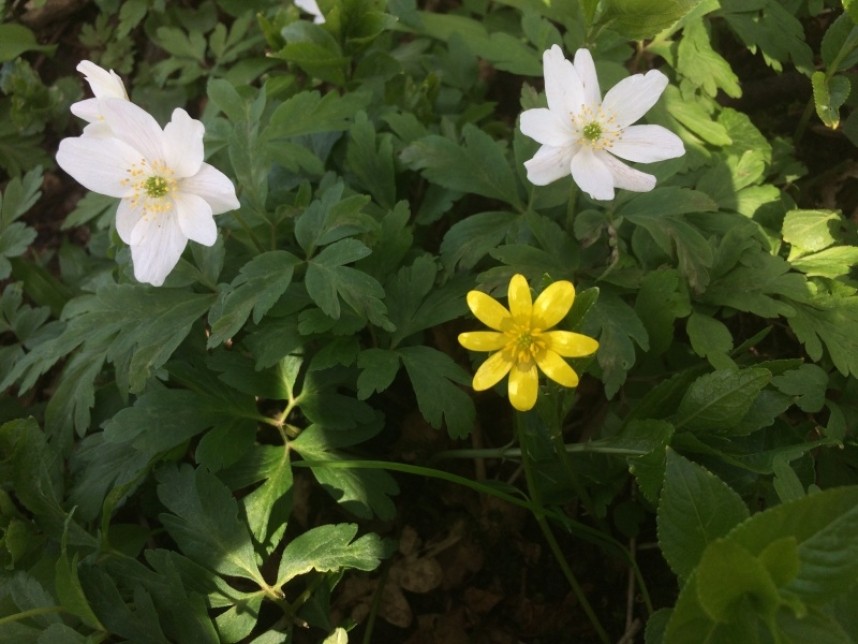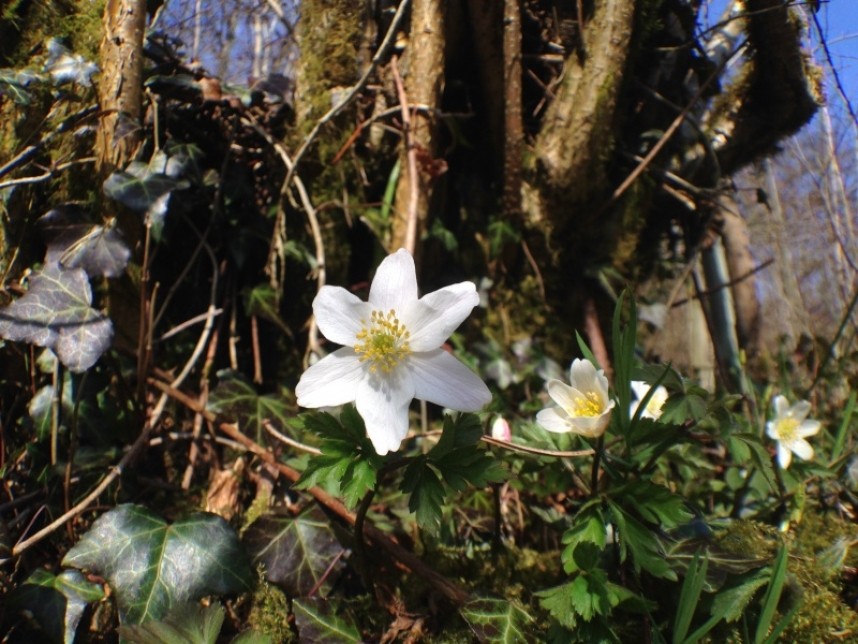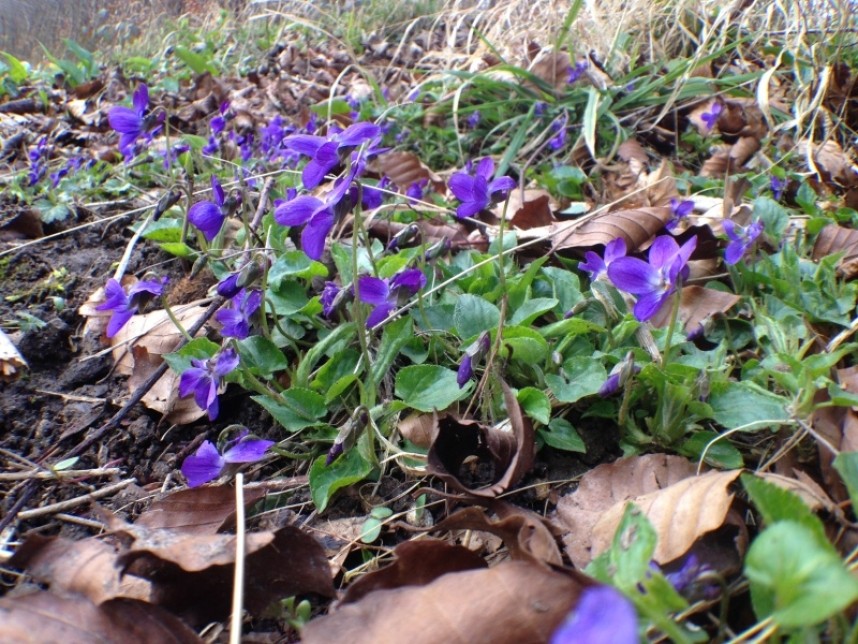What To Look Out For - Flowers in March
Just around the corner is the first month of spring. It wont be long until the ground is blossoming under our feet. This is the month I get really excited about wild flowers as the first vivid colours burst forth. I am not an expert botanist so when there are fewer species emerging it gives me an opportunity to start learning again before we are awash with diversity later in the summer.

Lesser Celandine & Wood Anemone near Pickering © Richard Baines
One of the commonest woodland flowers to look out for is Lesser Celandine. This small bright yellow flower grows in both young and old woods. It can be confused with Winter Aconite but count the petals; Celandine has eight whilst Aconite has six. If you really want to immerse yourself in colour It’s really worth seeking out ancient woodlands. Ancient woodlands are woods which have been more or less constantly under tree cover for hundreds of years and are marked as woods on present-day maps and on maps dating back to 1600 in England and Wales and 1750 in Scotland. If they are on these older maps they could even be prehistoric in age!

Wood Anemone near Pickering © Richard Baines
In these amazing woodlands there are far more flowers, and they are more likely to be full of colour in early spring. Look out for Lesser Celandine growing close to Wood Anemone especially where there is lots of sun penetrating through the tree canopy or around woodland glades. Wood Anemone is a classic Ancient woodland species, it spreads very slowly often only six feet in a hundred years! So every patch of this beautiful flower is precious.
Amongst the yellow and white of Celandine and Anemone is the last piece of the early spring colour jigsaw, the purple violets. Common Dog Violet and Sweet Violet can be found in older and some more recent woodlands. Sweet Violet is often the first to emerge towards the end of March. It has a sweet aroma unlike the Dog Violets which have no smell.

Sweet Violet near Pickering © Richard Baines
In damper places in older woodland look out for Opposite-leaved golden-saxifrage. This moisture loving plant is sometimes called creeping Jenny or buttered eggs which is a great way of remembering the characteristic waxy feel and butter colour of the leaves and flowers.
The more ancient woodland indicator plants you find, the more valuable and more likely your woodland is to be ancient. To see a list of ancient woodland indicator species click here. There are many older and some ancient woodlands in our area especially in the North York Moors National Park. Two of my favourites are the Oak and Hazel woods of Ashberry Pasture Yorkshire Wildlife Trust Reserve and the Bridestones valley of Dalby Forest owned by the National Trust. Many of the flowers mentioned above can be found in late March/April within a couple of hundred meters of the car park at Bridestones making it an ideal place to start on your wild flower journey.
Richard Baines
YCN



 Back to Blog
Back to Blog
